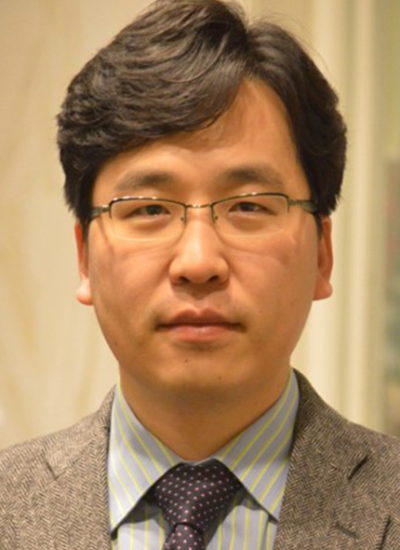Callahan, D. J., Liu, W., Li, X., Dreher, M. R., Hassouneh, W., Kim, M., Marszalek, P., & Chilkoti, A. (2012). Triple Stimulus-Responsive Polypeptide Nanoparticles That Enhance Intratumoral Spatial Distribution. NANO LETTERS, 12(4), 2165-2170.
Kim, M., Gkikas, M., Huang, A., Kang, J. W., Suthiwangcharoen, N., Nagarajan, R., & Olsen, B. D. (2014). Enhanced activity and stability of organophosphorus hydrolase via interaction with an amphiphilic polymer. Chemical communications (Cambridge, England), 50(40), 5345-8.
A simple approach to enhancing the activity and stability of organophosphorus hydrolase (OPH) is developed based on interactions between the hydrophobic poly(propylene oxide) (PPO) block of amphiphilic Pluronics and the enzyme. This strategy provides an efficient route to new formulations for decontaminating organophosphate neurotoxins.
Kim, M., Abdi, K., Lee, G., Rabbi, M., Lee, W., Yang, M., Schofield, C. J., Bennett, V., & Marszalek, P. E. (2010). Fast and forceful refolding of stretched alpha-helical solenoid proteins. Biophysical journal, 98(12), 3086-92.
Anfinsen's thermodynamic hypothesis implies that proteins can encode for stretching through reversible loss of structure. However, large in vitro extensions of proteins that occur through a progressive unfolding of their domains typically dissipate a significant amount of energy, and therefore are not thermodynamically reversible. Some coiled-coil proteins have been found to stretch nearly reversibly, although their extension is typically limited to 2.5 times their folded length. Here, we report investigations on the mechanical properties of individual molecules of ankyrin-R, beta-catenin, and clathrin, which are representative examples of over 800 predicted human proteins composed of tightly packed alpha-helical repeats (termed ANK, ARM, or HEAT repeats, respectively) that form spiral-shaped protein domains. Using atomic force spectroscopy, we find that these polypeptides possess unprecedented stretch ratios on the order of 10-15, exceeding that of other proteins studied so far, and their extension and relaxation occurs with minimal energy dissipation. Their sequence-encoded elasticity is governed by stepwise unfolding of small repeats, which upon relaxation of the stretching force rapidly and forcefully refold, minimizing the hysteresis between the stretching and relaxing parts of the cycle. Thus, we identify a new class of proteins that behave as highly reversible nanosprings that have the potential to function as mechanosensors in cells and as building blocks in springy nanostructures. Our physical view of the protein component of cells as being comprised of predominantly inextensible structural elements under tension may need revision to incorporate springs.


